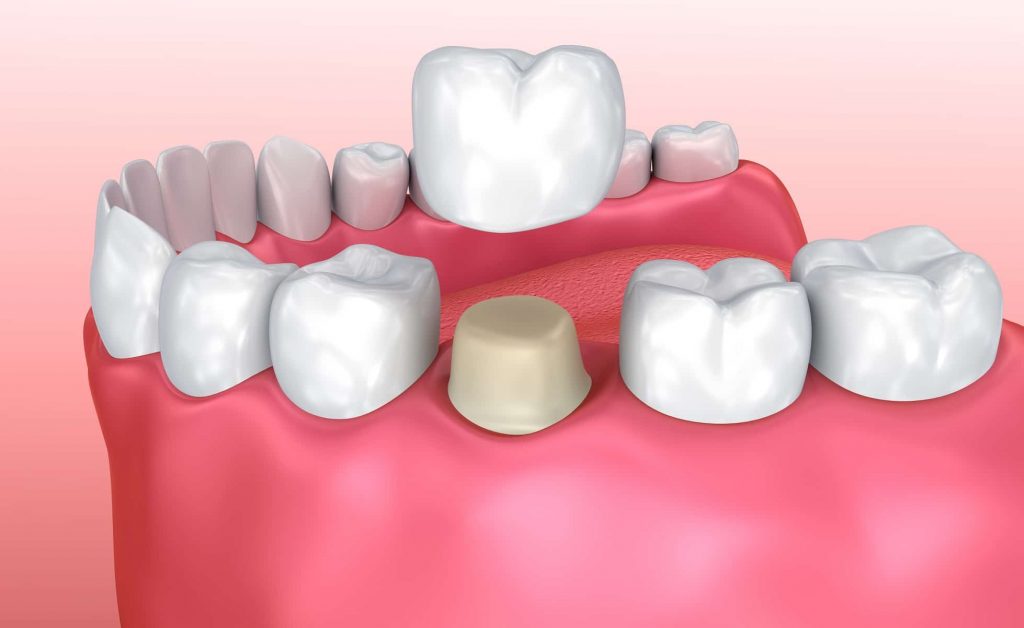Dental Core Buildup
There are many things that can lead to the loss of large portions of your teeth, including decay, fracture, the loss of a filling and more. In many cases, tooth portion loss will result in your dentist needing to remove decayed tooth structure and clean out the tooth, as is the case with a root canal treatment. However, while this treatment may eliminate the immediate source of infection and discomfort, it cannot protect the tooth against further infection, decay or damage. It certainly cannot restore the structure or function of the tooth, which is absolutely essential.
Good oral health depends not only upon preventing infection and decay from occurring and resolving it when it does occur, but also upon maintaining normal oral structure and function. This means that where damage or decay has occurred, it is absolutely essential to preserve your oral health and comfort by not only removing the decay and cleaning the tooth, but also by restoring the ideal structure and function of your tooth. In many cases, especially where the damage or decay is extensive, restoration is usually accomplished with the placement of a dental crown, which is first preceded by a dental core buildup procedure.

What is a Core Buildup?
A dental crown is the best solution for restoring the structure, function and comfort of a severely damaged tooth because it is essentially caps the tooth and provides a replacement chewing surface. That said, a dental crown cannot be successfully placed over a tooth that is extremely weak and has insufficient structure. Such a tooth cannot provide adequate support and may very well cause the crown to wear down quickly and require frequent replacement. Instead, your dentist will want to ensure that your remaining natural tooth has a certain height and surface area to receive the crown and will want to perform a core buildup when it does not.
A core buildup is a restorative dental procedure that involves replacing missing tooth structure with special filling material so that it can successfully support a dental crown. The filling is usually prepared in the mouth using tooth-colored composites. In some cases where the missing tooth structure is quite extensive, as in the case of a deep cavity or a root canal treatment, the dentist may also need to use threaded pins or posts in order to help retain the composite filling.
Prior to a core buildup procedure, the dentist will fully evaluate the tooth and determine that a core buildup and dental crown are necessary. This will, of course, necessitate a thorough visual examination and may likely necessitate x-rays as well. Then, he will discuss his findings and recommendations with the patient, scheduling a new appointment for the core buildup procedure as necessary.
During the core buildup procedure, the dentist will:
- Anesthetize the tooth if necessary so that the patient is comfortable throughout the procedure.
- Isolate the working area with a dental dam in order to keep it as clean as possible.
- Remove any and all diseased tooth structure if this has not already been done.
- Clean the surface of the tooth with antibacterial liquid.
- Place threaded pins or posts if needed to help support the composite filling.
- Restore missing tooth structure with composite filling, then use a curing light in order to harden this filling.
- Shape the composite filling at the top of the tooth so that it is prepared to support a dental crown.
- If a dental crown will be placed immediately, the dentist will then apply dental adhesive to the surface of the tooth, and use a curing light to harden it.
There are sometimes a few variations to this procedure, depending upon the patient’s specific situation, but these will always be discussed prior to the procedure taking place. For more information about the core buildup procedure, contact Dr. Nurminsky today.
